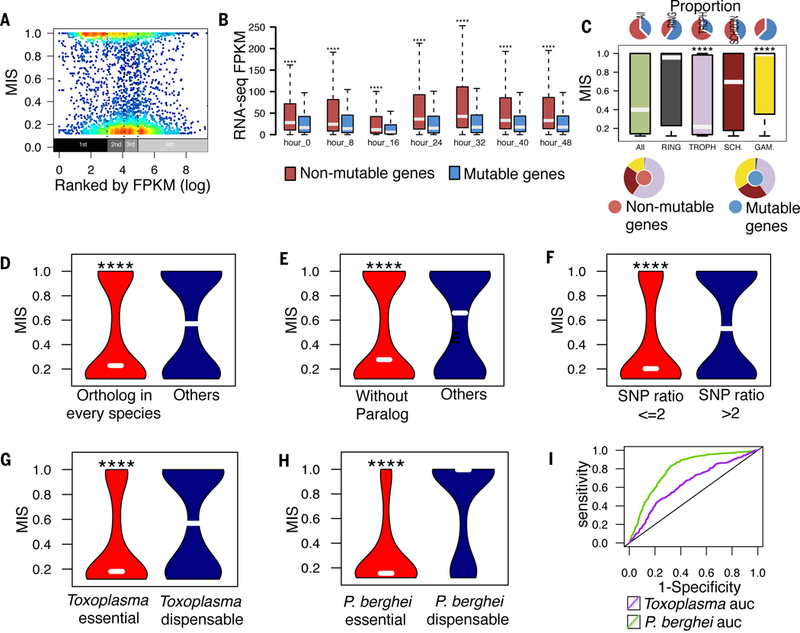Fig. 5. Distinct biological process and evolutionarily conservation segregate the tendency of dispensable and essential genes.

(A) The genes with lowest FPKM expression value (first quantile) among different stages were enriched for dispensable genes (Wilcoxon P < 2.2e-16 compared with other quantiles)(26). The expression level cut off is set at 20 FPKM. (B) Non-mutable essential genes had significantly higher expression value for blood-stage development. (C) The group of trophozoite-stage genes had the highest proportion of essential genes (red) whereas gametocyte genes had the highest proportion of dispensable genes (blue) (Wilcoxon p < 1e-12). (D to F) Characteristics of essential genes significantly different from dispensable genes include: (D) 1:1 ortholog conserved among Plasmodium spp; (E) absence of paralogs; and (F) reduced rate of non-synonymous to synonymous SNPs. Bars indicate the group median (‘****’ indicates Wilcoxon p < 2.2e-16). (G and H) Essential genes reported in (G) Toxoplasma and (H) P. berghei showed significantly lower MIS in this mutagenesis screen of P. falciparum (‘****’ indicates Wilcoxon p < 2.2e-16). (I). Plot of Receiver Operating Characteristics (ROC) indicate the level of retention of essential genes across species. The MIS of P. falciparum more strongly correlates with the essentiality phenotype of P. berghei than Toxoplasma.
